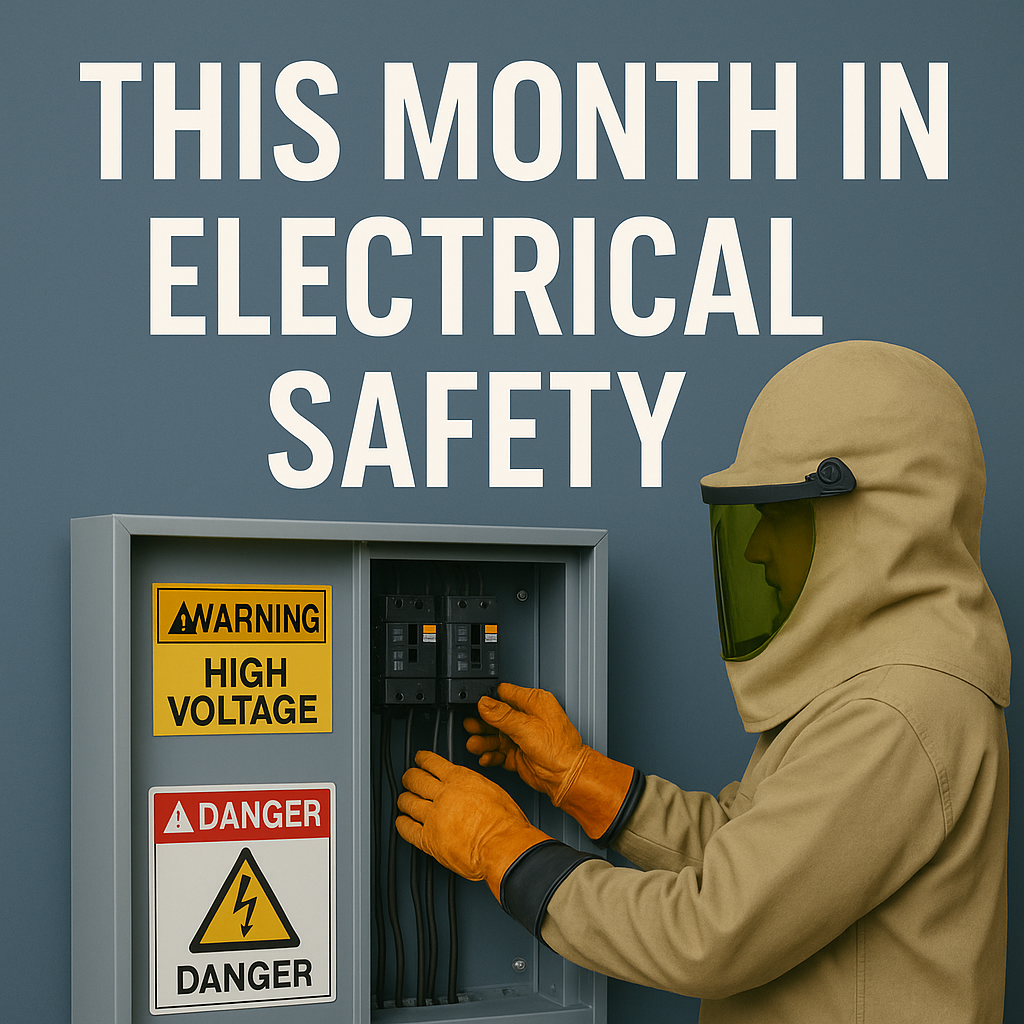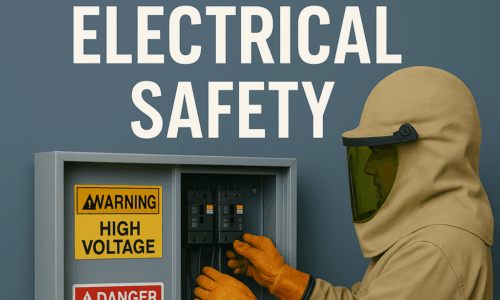This Month in Electrical Safety: September 2025 Edition
Welcome to the September edition of This Month in Electrical Safety, where we round up notable regulatory updates, real-world events, and emerging trends especially relevant to electrical safety and compliance.
This month’s discussions are weighted toward developments in the United States, while still touching on international shifts to keep global operations in view. The spotlight theme for this blog is electrical safety evaluation which you will see threading through this blog’s critical insights for this month of September.
Let’s get started!
U.S. Focus: NFPA 2026 NEC Public Input & OSHA Heat‑Wave Advisory
NEC 2026 Public Input
NFPA’s National Electrical Code (NEC) is currently accepting public inputs ahead of the 2026 edition. Among the most discussed proposals is a catch‑all revision to Article 110.3(B), gradually elevating the clarity and “prescriptiveness” of manufacturer installation instructions. This shapes how equipment is installed, evaluated, and ultimately accepted in the field. For operators relying on field‑evaluated assemblies, reinforcing your electrical safety evaluation reports with clear installation boundaries will become even more important as AHJs tighten scrutiny.
OSHA Heat‑Wave Advisory
OSHA has released nationwide heat‑wave safety alerts, an urgent reminder that high temperatures increase the risk of electrical hazards, especially in outdoor, unshaded environments and mobile operations. Elevated ambient heat can affect conductor insulation, grounding integrity, and even load‑rating performance. A robust electrical safety evaluation now must encompass thermal stress analysis, particularly for projects in states like California, Texas, and Florida. Lewis Bass recommends including heat‑stress modeling as part of your evaluation package during hot‑season builds or maintenance campaigns.
Global View: IEC 60204‑1 Update & South Korea’s Smart Factory Rollout
IEC 60204‑1 Revision
The International Electrotechnical Commission (IEC) is finalizing updates to IEC 60204‑1, focusing on risk assessments for programmable control systems and safety interlock provisions. These revisions impact OEMs designing equipment for export, which means updating machine manuals, safety circuit diagrams, and lockout/tagout (LOTO) protocols are now important components of designing machines with a pathway toward a global‑ready electrical safety evaluation.
South Korea Smart Factory Initiative
South Korea’s Ministry of Trade, Industry and Energy recently announced a nationwide push to certify 500 “smart factories” by 2026. Certified factories must demonstrate compliance with both IEC and local Korean standards and pass digital safety audits including network-integrated protective relays and remote diagnostics, ensuring a robust electrical safety evaluation process that stretches beyond just wired systems.
Toolbox Tip: Coordinated Field Labels Across North America
To simplify licensing across states, adopt a uniform label format that includes:
-
ANSI Z535-style pictograms
-
NFPA reference code (e.g., NFPA 791)
-
Evaluation date and serial number
-
Installer/issuer signature block
This standardization boosts consistency in electrical safety evaluation documentation and helps AHJs across multiple jurisdictions — especially when moving machinery through states like California, Arizona, and Nevada.
This Concludes Another Month in Electrical Safety.
As Q4 approaches, proactive planning and documentation are your best defenses, especially when navigating localized codes, weather‑driven risks, and international demands.
Whether you’re expanding in the U.S., exporting abroad, or importing equipment that needs field validation, a forward-looking plan for designing a system to pass an electrical safety evaluation ensures swift jurisdictional sign-off and operational peace of mind.
Until next month…stay energized and safely grounded!



